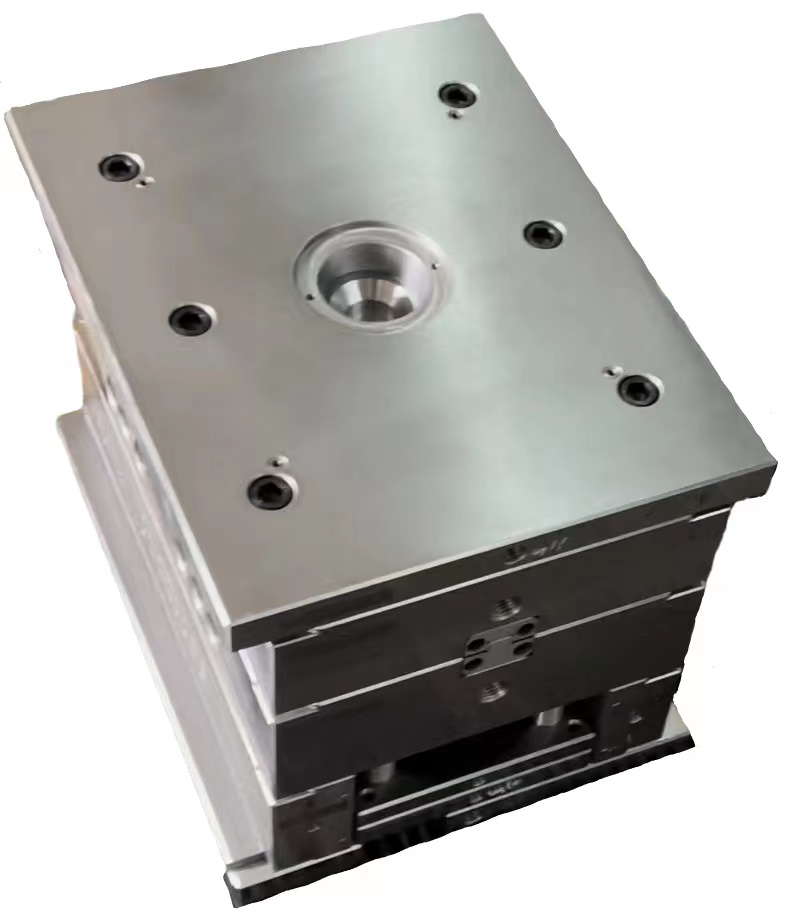Introduction to Mold Steel
Mold steel is one of the most critical components in the manufacturing industry, particularly when it comes to the production of molds and dies. In South Korea, where advanced manufacturing technologies are prevalent, understanding the properties and characteristics of mold steel is crucial for optimizing production efficiency and ensuring quality output. In this article, we will delve into the key considerations for the South Korean manufacturing industry regarding mold steel.
Key Properties of Mold Steel
Mold steel is characterized by specific properties that make it suitable for various manufacturing applications. The following are key properties that need to be considered:
- Tensile Strength: The ability of mold steel to withstand tension without breaking.
- Hardness: The resistance of mold steel to deformation and abrasion.
- Wear Resistance: The capability of mold steel to resist wear during the manufacturing process.
- Toughness: The ability to absorb energy and resist fracture.
- Corrosion Resistance: The ability of mold steel to withstand corrosive environments.
Types of Mold Steel Used in South Korea
The South Korean manufacturing industry utilizes various types of mold steel, each designed for specific applications. The following table outlines common types of mold steel and their applications:
| Type of Mold Steel | Application | Properties |
|---|---|---|
| P20 | Injection Molding | Good hardness, toughness |
| H13 | Hot Work Die Casting | High toughness, high temperature resistance |
| S7 | Impact Molds | High hardness, excellent shock resistance |
| D2 | Cold Work Applications | Excellent wear resistance, good hardness |
Considerations for Choosing Mold Steel
Selecting the right mold steel for a particular application is critical to ensure performance, durability, and efficiency. Here are some key considerations that the South Korean manufacturing industry should keep in mind when choosing mold steel:
- Application Requirements: Different applications require specific properties; understanding these requirements is essential.
- Cost Considerations: Analyzing the cost-effectiveness of various types of mold steel can help control overall production costs.
- Supplier Reliability: The choice of supplier can significantly impact manufacturing quality, making supplier selection critical.
- Heat Treatment: The performance of mold steel can often be enhanced through appropriate heat treatment methods.
- Availability: Ensure that the chosen mold steel is readily available to avoid delays in production.
Impact of Technology on Mold Steel Usage
Technology plays a significant role in maximizing the benefits derived from mold steel. The following technological advancements have enhanced the production and utilization of mold steel in South Korea:
- Advanced Manufacturing Processes: Techniques such as 3D printing and CNC machining have improved precision and efficiency.
- Quality Control: Innovations in quality control technologies help in maintaining high levels of product integrity.
- Heat Treatment Technologies: Improved heat treatment processes enhance the performance of mold steel.
Challenges in the Mold Steel Industry
Despite the advantages mold steel offers, there are certain challenges that the South Korean manufacturing industry faces:
- Global Competition: The industry faces competition from countries with lower production costs.
- Raw Material Shortages: Fluctuations in raw material availability can affect production schedules.
- Environmental Regulations: Adhering to strict environmental regulations can increase production costs.
- Technological Adaptation: Keeping up with rapid technological changes requires constant investment in training and equipment.
Future Trends in Mold Steel Applications
As the South Korean manufacturing industry continues to evolve, several trends are expected to shape the future of mold steel applications:
- Increased Demand for Customization: More industries are looking for customized molds, leading to the demand for specialized mold steel.
- Sustainability Trends: There is a growing emphasis on using environmentally friendly materials.
- Integration of AI: Artificial Intelligence will play a role in optimizing production processes and improving mold design.
Conclusion
In conclusion, understanding mold steel and its implications for the South Korean manufacturing industry is essential for optimizing production processes and maintaining competitiveness. With the right selection of mold steel and an awareness of emerging trends and challenges, businesses can ensure high-quality mold production while also keeping costs in check. The ongoing evolution of technology and market demands will necessitate constant adaptation, making it vital for industry stakeholders to stay informed and agile. Emphasizing quality, durability, and the right technological integration will ultimately lead to successful molding operations in the South Korean manufacturing landscape.

